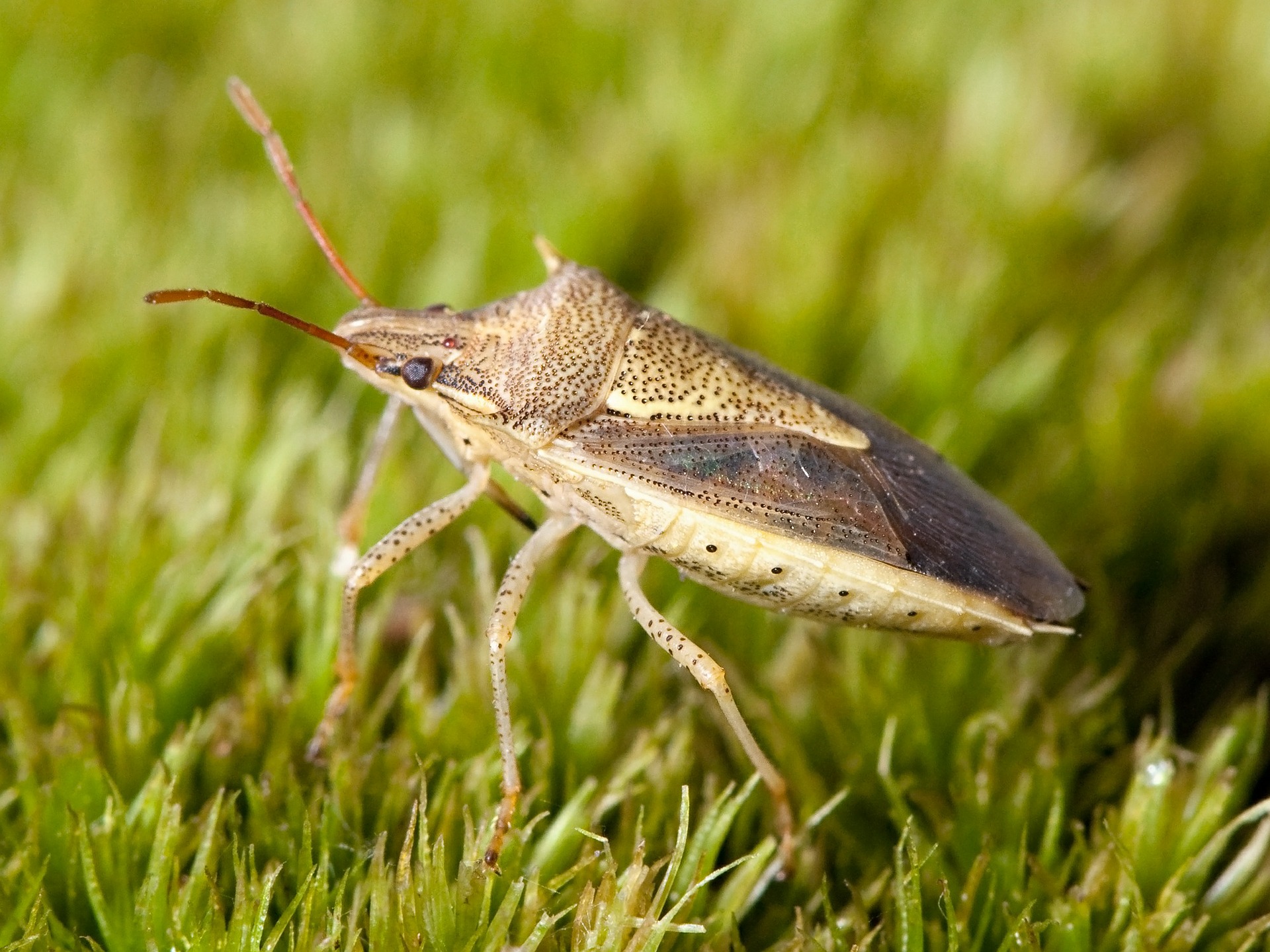Northeastern Pests
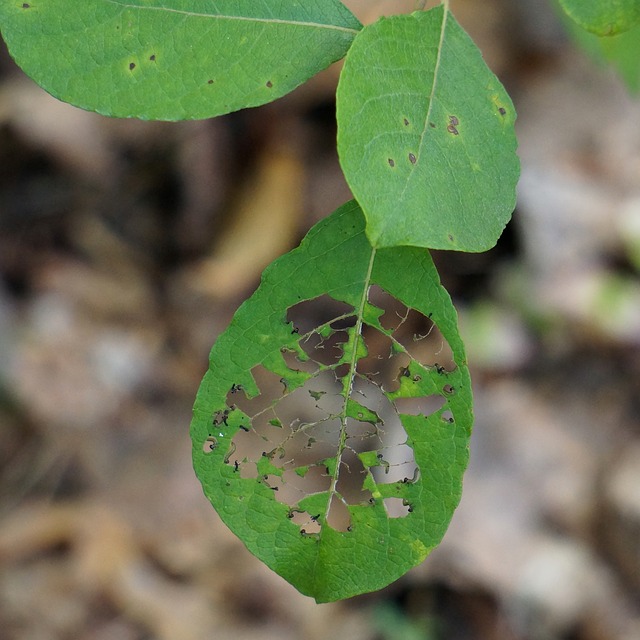
Home landscape is a tough task for any land owner. Not only does it require a lot of work to maintain, but you have to worry about plant health, and pest control. Pests can take what was a nice landscape and turn it into a disaster. Their destruction ranges from picking apart leaves to destroying grass from areas you can’t see. Pests are prevalent throughout the world, causing over $120 billion worth of damage to crops in the United State alone. Use this guide to learn more about the most common northeast pests and how to handle them.
Northeastern Landscape Pests
Japanese Beetle/Grubs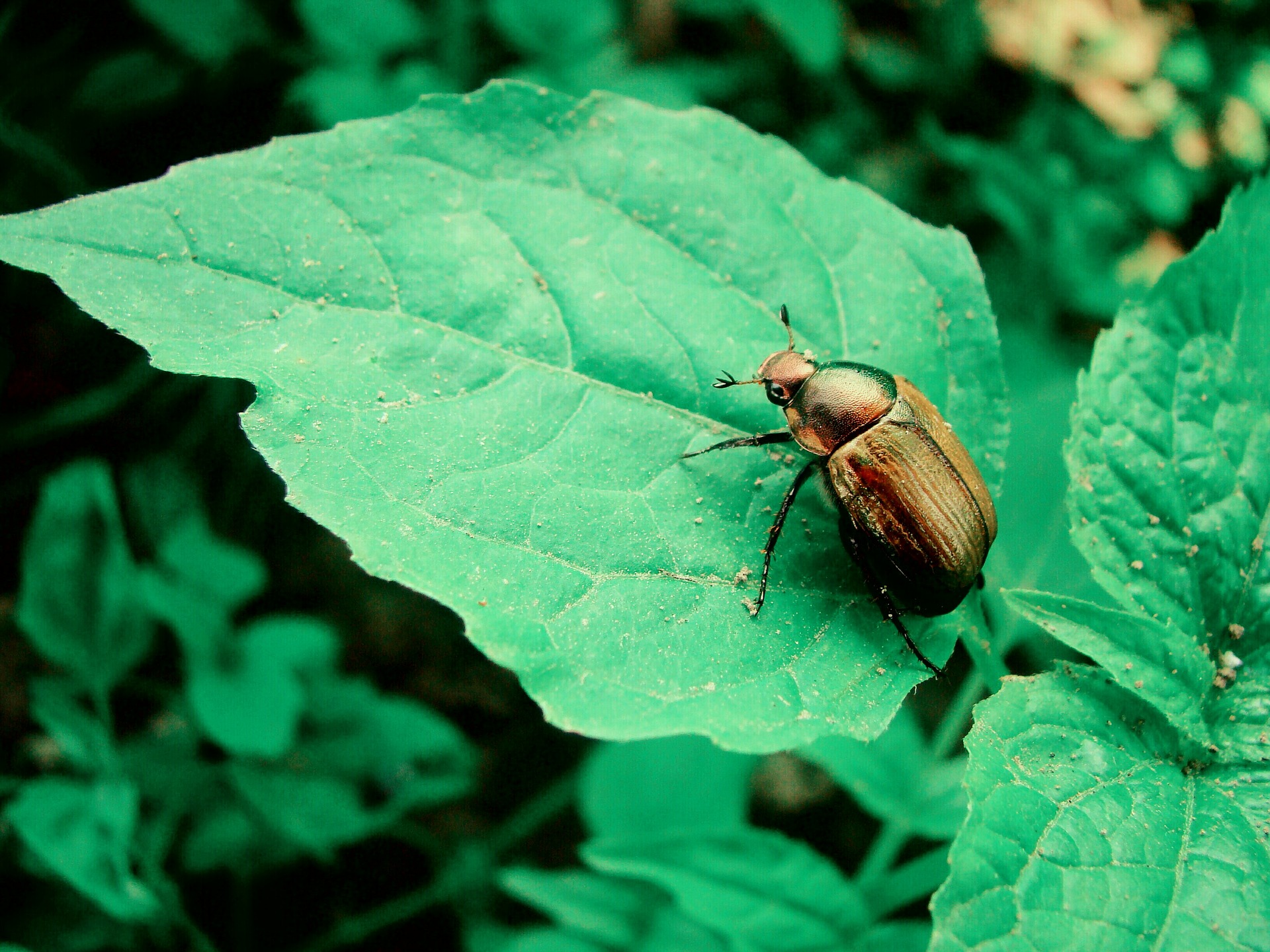
Having arrived back in the early 1900’s, we discovered quickly that the Japanese Beetle is tough to dissuade in the U.S. Both the beetle and the grub wreak havoc on local landscapes, leaving plants eaten and dead grass behind. The Japanese Beetle isn’t a picky eater either and can cause damage to over 300 different species of plants. Meanwhile, the grubs that eventually become Japanese Beetles munch on the roots of your grass, killing it from areas you can’t see.
Damage to Property: Japanese Beetles eat the leaves or petals on plants, leaving them skeletonized. Grubs eat the roots of grass, killing that area of grass and turning it yellow.
How to Handle the Pest: Handling Japanese Beetles/Grubs is a difficult task, with a few solutions. The easiest way is to buy a beetle bag, which attracts and traps the beetles inside. Just be sure to keep these bags away from the plants you want to live.
Click here more information on handling the Japanese Beetle.
Tent Catepillars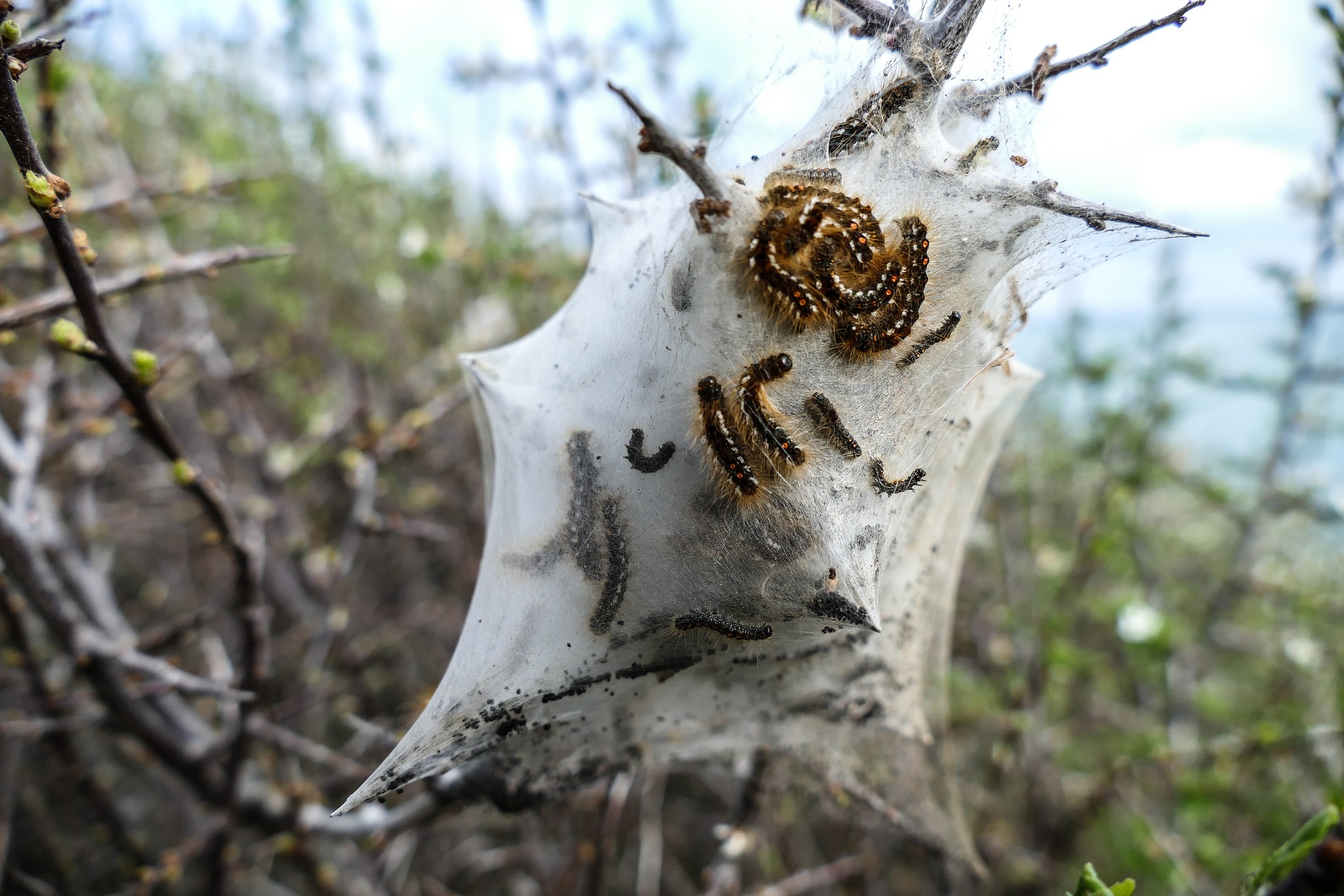
Tent Catepillars are an extremely dangerous pest to your hardwood trees. There are two prominent types in the northeast and both cause substantial stunted growth of trees. This pest is easily spotted when looking in trees by its silky tent, where a large amount live and attack your Cherry, Oak and Maple trees. Spanning across the United States, this pest is widely recognized, but not always treated as a pest.
Damage to Property: The damage tent catepillars cause is directly related to the tents they build. These tents and the number of catepillars can rid the nearby trees of foliage in days. This stunts the growth of trees and can kill trees if enough leaves are eaten by the tent catepillar.
How to Handle the Pest: You can take action early in the spring and scrape away the egg deposits, or you can limit their spread by using patented barriers or sticky tree bands to block their advance.
Stinkbug
Stinkbugs are the epitome of an invasive species. Debuting in the northeast in the late 1990’s, they have taken over the area. Their defense to being killed is the rotten smell they leave behind, causing many to avoid killing them altogether. They thrive outside during the summer months, then retreat inside buildings during the winter, which is why you’ll find them throughout the year.
Damage to Property: Eats many ornamental plants, fruit trees and vegetables, this pest can really annoy farmers to no end.
How to Handle the Pest: You can prevent their success in winter by plugging any entry points into your home or garage. Getting rid of them in the summer is much tougher and can stink up the area, so prevent their ability to live in your house over winter.
Aphids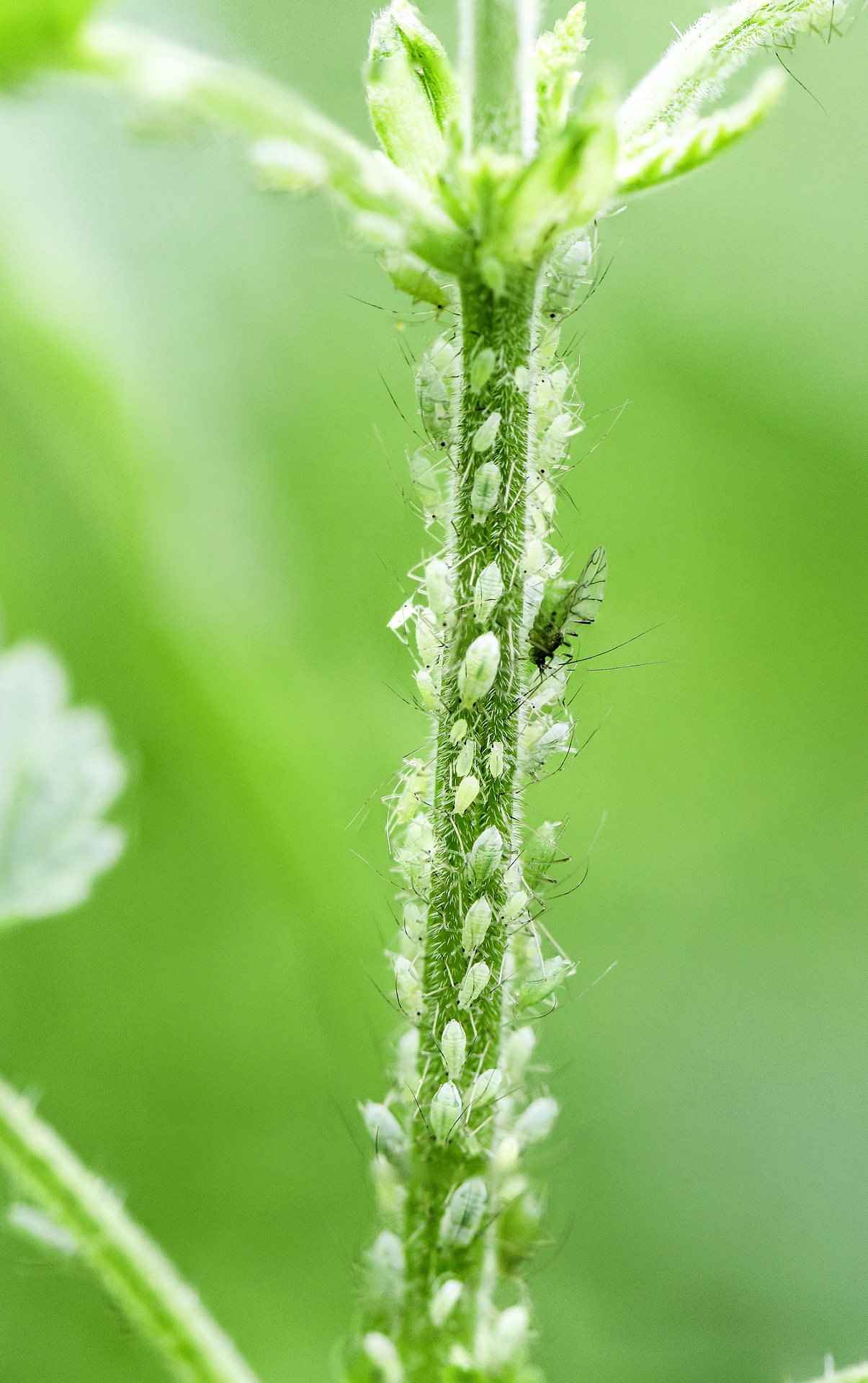
Aphids are much like tent catepillars in that they don’t typically kill plants, but can cause a good bit of harm. The pests typically spawn and hang out all on the stems of plants, taking over the plant and feeding on the sap inside. While tiny, the Aphid packs a punch as there are a good number of them on plant shoots.
Damage to Property: Although they usually don’t kill plants, they can take so much sap from the plant that it looks lifeless. Once they’ve eaten too much sap, it starts to leak out of them as honeydew and onto the plants, creating black spots and attracting other pests and insects.
How to Handle the Pest: An easy way to get rid of aphids is to mix water with a little dishwasher detergent in a spray bottle. Spray the plants aphids are on and they’ll be gone shortly!
Top Five Hardwood Killing Insects – Common Pest of the Northeast – Common Summer Pest of the Northeast – Getting to Know Common Ground Pest – CNBC Pest Article
Share This Post
Recent Posts
- Treating Your Lawn During a Drought July 15, 2017
- 7 Tips for Mowing your Lawn July 2, 2017
- 5 Great Outdoor Entertainment Ideas June 23, 2017
- Introduction into Deadheading June 19, 2017
- Pesky Pests : Japanese Beetle June 10, 2017

